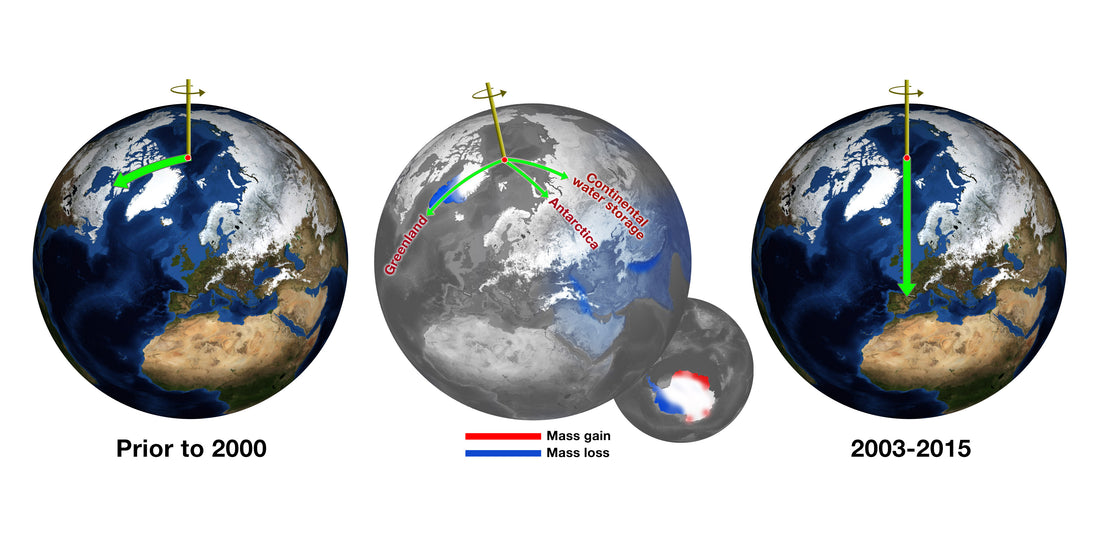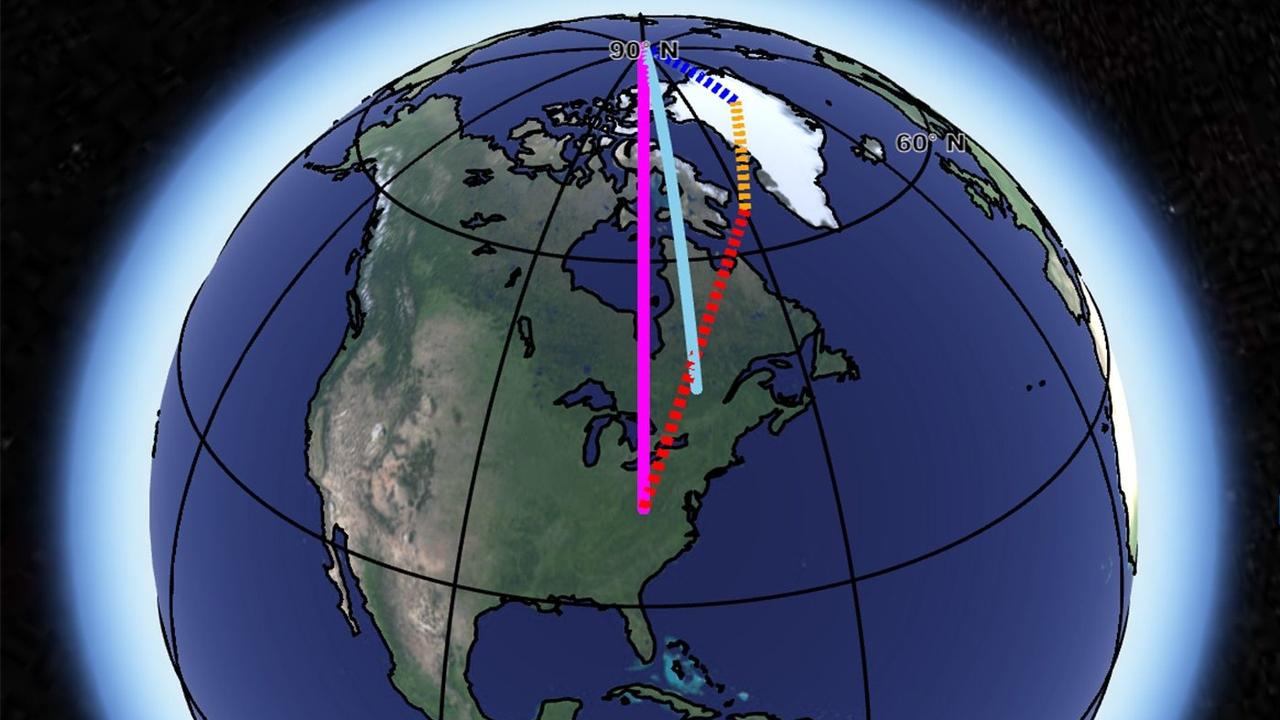
We've F**ked Earth's Tilt by Pumping Groundwater
Share
In a fascinating new study, scientists have discovered a surprising connection between human activity and Earth's polar motion. Groundwater extraction, the process of removing water from underground sources, has been found to contribute to the movement of Earth's poles. Led by geophysicist Ki-Weon Seo of Seoul National University, this research sheds light on the significant role that changes in Earth's water distribution play in the phenomenon of polar motion.
Unveiling the Influence of Groundwater Extraction: Between 1993 and 2010, humans extracted vast amounts of groundwater worldwide. Seo and his team determined that this extraction resulted in an eastward shift of Earth's poles by approximately 80 centimetres (31.5 inches). These findings also confirmed that the depletion of groundwater caused by human activity contributed to a total sea level rise of 6 millimetres during the same period.

Understanding Earth's Polar Motion: Scientists have long been fascinated by the movement of Earth's rotational poles. Changes in the distribution of terrestrial water storage, such as melting glaciers and ice sheets, influence the distribution of water across the planet's surface and subsequently cause the poles to shift. Groundwater extraction has now been identified as a significant factor impacting polar motion.
The Study's Findings: Seo's team used observational data and modelling techniques to analyse the effects of groundwater extraction on polar motion. By incorporating different levels of groundwater extraction into their models, they found that the estimated 2,150 gigatons of groundwater pumped between 1993 and 2010 aligned closely with the observed polar motion. Without accounting for groundwater extraction, the model was off by 78.48 centimetres.
Implications and Future Actions: The results of this study raise concerns about the consequences of groundwater extraction on sea-level rise. However, they also offer potential solutions for mitigating polar motion and its related effects. The researchers emphasize the importance of reducing groundwater extraction rates, particularly in mid-latitude regions such as North America and North India, which accounted for most of the extraction during the study period. Limiting groundwater extraction in these areas over an extended period could help slow down polar motion and sea-level rise.
Concluding Thoughts: Understanding Earth's polar motion is not only vital for scientific exploration but also has practical implications for managing water resources and addressing climate change. By recognizing the significant impact of groundwater extraction on polar motion and sea level rise, we can take steps towards sustainable water management practices. Initiating efforts to mitigate human-induced climate effects is a long-term commitment that requires collective action and long-lasting changes. By starting now, we can contribute to a more stable and sustainable future for our planet.





